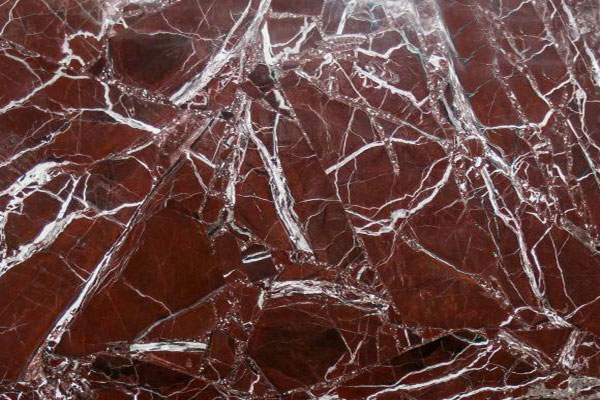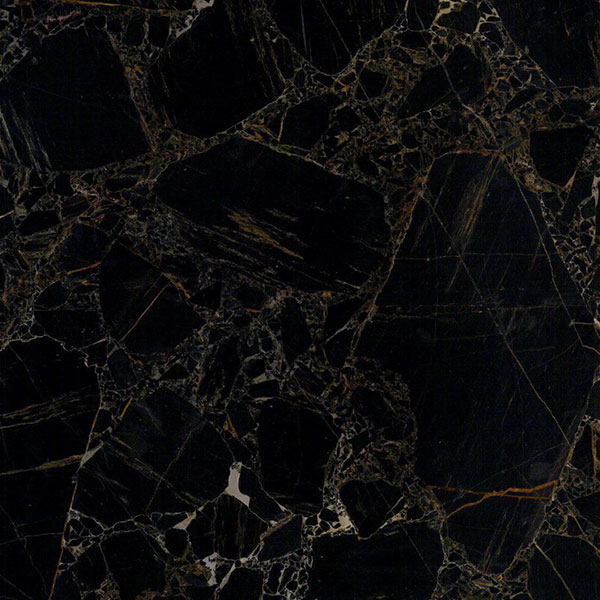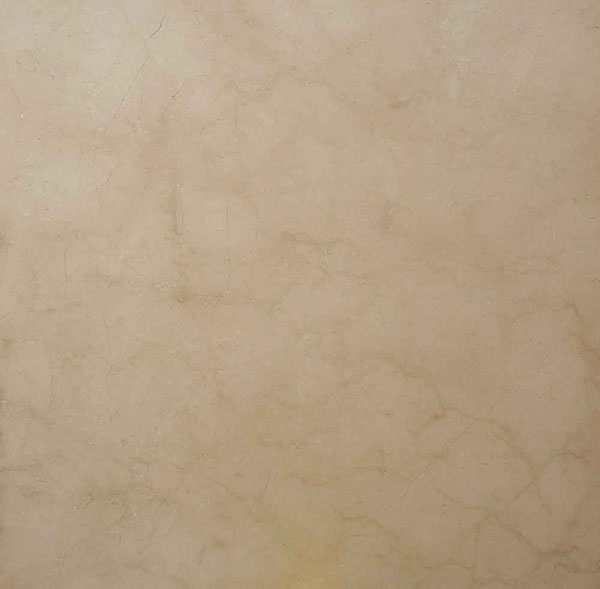- Tell : 09131114998
- Email : info@uranus-stone.com

About Marble stone
- 1398/12/22 ,
- stone industries Uranus
- 0 Comment
What is marble stone?
marble stone :The classification of stone into marble and non-marble may form the widest range in terms of ingredients. In this type of rock, which is well known by the market, there are from limestone to sandstone. Some of them are considered as sedimentary rocks and some are metamorphic rocks.
Marbles that are considered as sandstones are usually composed of quartz grains and are joined together by cementitious materials.
Sandstones have a layered structure and streaks can be seen in all of them. The grains that make up the sandstones are visible from about seventy microns to four millimeters, which become "conglomerates" as the grains become larger. These small and large pieces are bonded together by another material that plays the role of cement.
Among these cements, silica cement is the most durable. Iron oxide is also a strong cement, but is probably weaker than silica, causing the stone to discolor. Clay cement has disadvantages.

marble stone: Adhesive clay is not strong, in addition, it absorbs moisture from the stone, so it makes the stone vulnerable to frost. Hard sandstones with low water absorption always have a long life, but softer types may be damaged by frost. As mentioned, clay veins in rock are a weakness. The volumetric mass of sandstones is usually about 2.6 tons per cubic meter. Sandstones have a wide range in terms of water absorption.
Hard and dense varieties have less than one percent water absorption. Its compressive strength is between sixty and eighty MPa. Many sandstones change color due to exposure to the atmosphere and due to the oxidation of iron compounds in them. This discoloration is not necessarily a sign of stone destruction, as it sometimes makes the stone more beautiful.
Application of marble
Marbles in outdoor space The type of composition of minerals and components of marbles is such that they often suffer from weathering on the surface and depth, and therefore the use of these stones in the open air is not recommended because in a short time the surface is first weathered and then penetrated Water in the veins of these rocks will see corrosion and dissolution of lime along the joints.
When it freezes and increases in volume, its appearance gradually becomes deeply cracked. Marbles made of limestone are first beaten by the process of dissolving air. The effect of rain or surface water may be slow and gradual, but it will certainly occur. This effect will probably manifest itself in a completely non-uniform way.
If a part of the stone is siliceous, these parts are more resistant to the dissolution process than the adjacent carbonate parts, and the appearance of the stone becomes non-uniform and smallpox. It has sometimes been observed that the surface of these rocks is scaly, separated from the main rock.
Another part of the marbles are limestone. These marbles are always layered, so sometimes marbles are also called fine-grained limestone. These rocks often have joints or veins and are more soluble in surface water than sandstone rocks. Limestones have a variable texture, but most of them are fine-grained.

The coarse ones consist of large crystals or fossil fragments. Fine-grained varieties have better polishing ability and are more resistant to weathering. Limestones are usually not hard, while dense limestones are usually hard and porous types are loose.
Different types of dense hard limestone have low water absorption and less than two percent, but in other types with lower density, which can also be used as building stone, more water absorption has been seen, ie about four to twelve percent, which is called They say - Limestone. Limestone with high volumetric mass is resistant to alkalis.
So in general, the use of marble is not suitable for outdoor space, except with 2 conditions:
1: The stone should be very thick. That is, if it has a thickness of more than four centimeters, it is also strong in siliceous marble stones. This thickness prevents water penetration and corrosion of the stone, and causes a delay in deep cracks.
2: The surface of the stone is not corroded. For example, it is an ax or a windmill or it is not shiny in any other way.
In this case, even if the surface of the stone is weathered, this weathering is not very visible due to the non-smooth and non-shiny stone. A famous example is the Freedom Tower, which uses martyr marble, with a non-glossy surface and a rough and thick surface. Or the uses of wheat marble in the outdoors can be an example of the proper use of this stone.
This stone is usually used as an ax or sandblast or windbreaker that has a non-glossy surface and the minimum thickness used in them is 2.5 cm. One of the common mistakes in using marble is its improper use in outdoor spaces. . A mistake we have all seen many times.
Marbles in the interior
One of the best and most appropriate uses of marble is to use it indoors. Marble is quite capable of playing such a role and has passed a good test in this field. As soon as the marble enters the building, it starts from the lobby of the floor, stairs, floor of the units and performs its mission well indoors. A variety of colors, especially bone cream, green, red, brown, beige, black, gray, and almost any color can be found in marbles.
Apart from the variety of colors, you can also find the most beautiful patterns on marbles. This property, together with the appropriate sub-plasticity, has made marble in the true sense of the proposed interior optimal. Because the interior is cold
There is no heat, snow or rain, corrosion, wear and tear; Instead, the function of warm and familiar color and architecture in the interior is very desirable. If these stones are processed by mastics and special resins, they can greatly increase their capabilities and have the same life span we need.

Types of marble
Marble stones also have weak and strong types. This strength and weakness can be identified in different ways. Personal experience, asking stone sellers, using compressive and abrasion resistance tables, and occasional visits can lead you to the desired result. Stronger and more durable marbles should be used for stair floors and common spaces. Also, if we are choosing marble for the public parts of a hospital or a public space, we must pay serious attention to this issue.
In any case, despite all the disadvantages of marble, they can not be easily ignored. For example, Dehbid bone cream marble is one of the beautiful and popular choices. Among the most important marble stones of Iran, the following stones can be mentioned: Dehbid,najafabad marble , Kashmar, Abadeh, Salsali, Gandmak, Kerm Kerman, Bajestan, Harsin, Khoy, Urmia and Bastam marbles. These stones can be used as stone tools and any kind of stone artifacts.
It is better to use these artifacts indoors. As mentioned, if the use of marbles in the outdoor space is considered, two conditions must be observed for their use in the outdoor space.
Marbles in the interior
